4. Silicone Baby Bottles Are Okay
My bottle-feeding friends love silicone baby bottles because they are lightweight, durable, and flexible. In terms of safety, silicone bottles are better than plastic, but probably not as safe as glass or stainless steel.
Research on silicone’s safety is relatively limited, but do know that silicone may leech at very low and very high temperatures. You might consider skipping silicone bottles for hot liquids and avoid putting them in the freezer.
Bottom line: Silicone baby bottles are a safer alternative to plastic bottles, but may leech at extreme temperatures.
5. Don’t Forget the Nipples
When possible, we prefer natural rubber nipples from a credible company like Natursutten. Food-grade silicone is also a durable and hygienic material for baby bottle nipples. Definitely skip synthetic latex nipples (like these by Gerber), which can contain a number of concerning additives.
Bottom line: Use bottle nipples made of natural rubber or medical-grade silicone.
6. Gimme-Approved Best Non Toxic Baby Bottles
It’s easy to become overwhelmed when researching the best non toxic baby bottles. Even the most inert material in the world–glass!–can be contaminated with lead when it is painted upon. And as more tests emerge, brands that you would think make super safe bottles are turning out to be the very ones you should avoid.
We hope this post has helped make baby bottle shopping easier. But if you still feel confused, don’t worry. We’ve done the research for you!
When we considered all factors and testing available, we came up with the following seven brands that we feel are the best non toxic baby bottles out there. (These are listed in alphabetical order, not order of preference!)
- Comotomo silicone bottles
- Evenflo glass bottles
- Haakaa glass bottles
- LifeFactory glass bottles
- Natursutten glass bottles
- Pura stainless steel bottles
Bottom Line: The Best Non Toxic Baby Bottles
If I were buying baby bottles now, I would try LifeFactory (glass), Pura (stainless steel), and/or Comotomo (silicone).
Because my babies rarely drank from bottles, I can’t recommend a favorite in terms of performance. So I need you guys to comment below on your favorites glass, stainless steel, and silicone baby bottles and nipples.

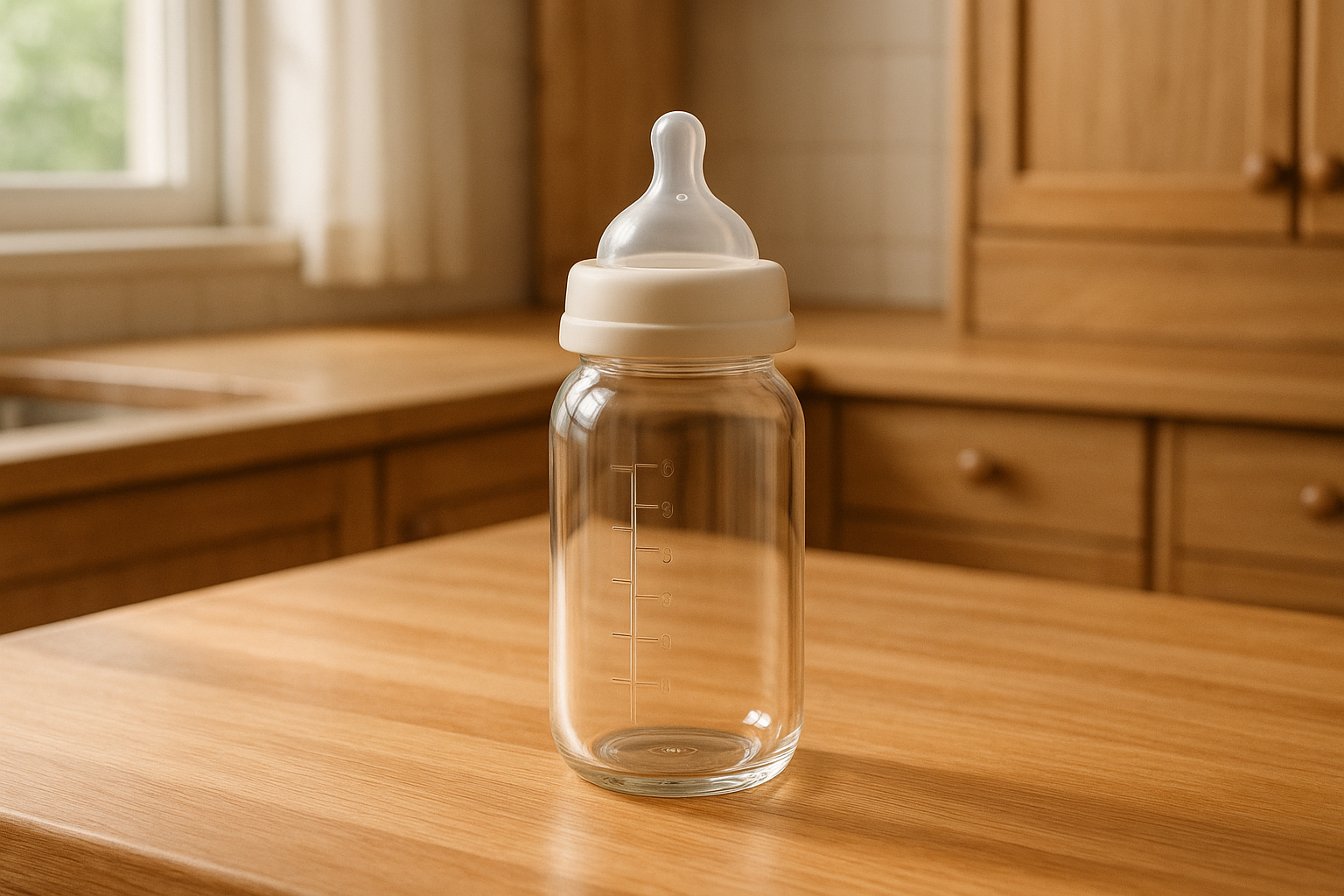


















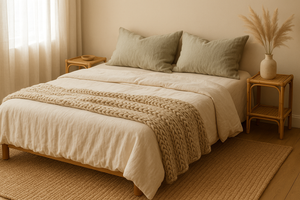
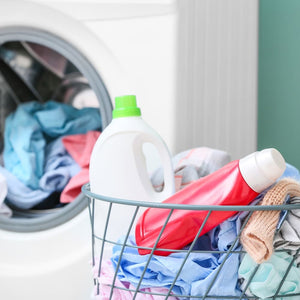
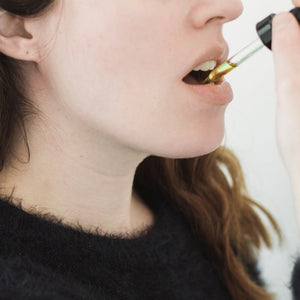
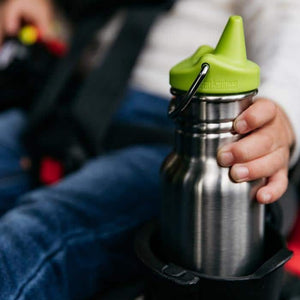
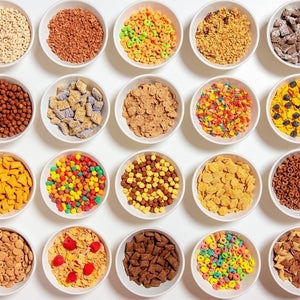


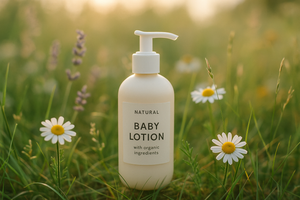
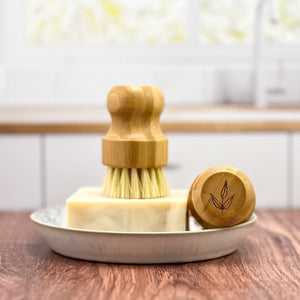
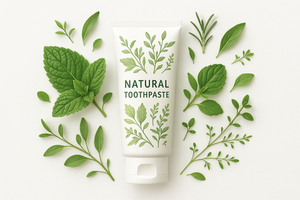


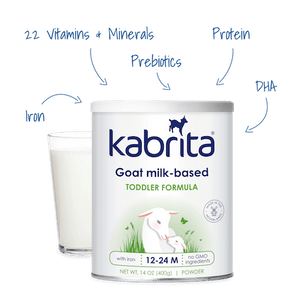
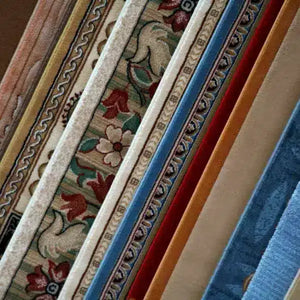
26 comments
Clerveus aravna
Good
Clerveus aravna
Good
Clerveus aravna
Good
elizabeth.phillips.pugliese
Hi Maia,
I love your advice, so thank you for all that you do! I am having a baby soon, and before I read this article I had Philips Avent glass bottles on my registry. Could you please share any reservations you have about these bottles (i.e. why they aren’t on your recommended list)? Thank you in advance! Lizsarah.jetter
Hi Maia,
I’m a midwife and recently moved from Germany to the US. I wwas shocked of most „baby products“ on the supermarket shelf and lucky I found your website to feel a little safer in buying stuff here in the US, it helps me a ton to find the „right“ brands and products and I can still learn a lot from you for my work with new parents:) For the bottles we liked the Philips Avent bottles (not that my son took any bottle until he was 13 months old and only gets one for drinking at night if he is thirsty). I like about it that its optional glass or plastic (e.g. being outside and having a baby exploring gravity) and the nipple works no matter which direction its facing (especially handy at night when you dont want to feel which was is supposed to be „up“). I also hope though that you recommend cup drinking for toddlers and any baby when they eat solids as is it teaching them a normal way of using and coordinating a cup. I’ve been surprised seeing how many kids still drink out of straw cups or sippy cups. I think its just unnecessary and in my opinion I can’t imagine those straws or sippy „openings“ are possible to clean properly every day. For on the go we use the philips avent storage cups (they are used for breastmilk storage aswell as they fit on their pump with an adapter). They are perfect for placing little snacks, babys purée if like or simply for water on the go. They have a srew on lid, so I simply unscrew it for my son and he can drink from it like a glass at home. Just have to make sure they are properly closed to be leakproof. Sarah